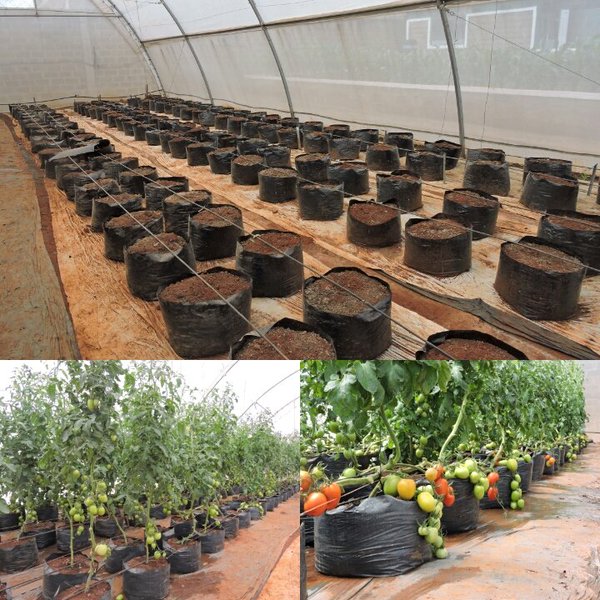Smallholder farmers in Kenya can improve fertility in their farms by protecting the soil from erosion, avoiding burning of crop residues, incorporating manure and fertilisers and using drip instead of overhead irrigation.
A 2016 research by the Kenya Agricultural Productivity Project on land degradation assessment in Kenya revealed that almost all the counties in Kenya are at risk from one form of land degradation or other leading to low food and cash crop yields as well as fodder productivity.
According to the report, land degradation is likely to occur on about 61.4 per cent of the total area of Kenya, while very high degradation affects 27.2 per cent of the land.
There are several causes of low soil fertility which include soil nutrients mining, soil erosion, poor farming practices, leaching, loss of nutrients in gaseous form when exposed air and contamination by dumping degradable wastes.
Related content
Farmer ventures into earthworms farming to fix tired soil
Company launches new organic fertiliser that increase production and preserve soil
The growing medium that offers 100 per cent seed germination than soil

Soil erosion is caused by excess run-off water and wind; it is the most common and is worsened by cultivation in valley bottoms and steep areas. In this, while cultivating in steep areas, build terraces which are pieces of sloped planes cut into a series of successively receding flat surfaces for effective farming. Terraces decrease erosion and surface runoff.
Burning of farm crop residues leads to loss of nutrients by wind or rain water. Crop residues should not be burnt as they are an important source of organic carbon and play a critical role in maintaining organic matter balance and nutrient cycles in the soil.
To prevent leaching which is the washing away of nutrients such as nitrogen after heavy rains or overhead irrigation, use urea to stabilize the soil.
Avoid dumping of materials like plastic and other synthetic wastes, used engine and cooking oils, cans, stones, waste cement and many others that contaminate the soil. These materials change the soil’s chemical and physical properties leading to low soil fertility.
Land degradation affects especially the Arid and Semi-Arid Lands where the soils are highly erodible and combined with high intensity storms, creates conditions for excessive runoff and soil erosion.
The most affected counties include Samburu, Kitui, Garissa, Tana River, Mandera, Turkana, Marsabit, Baringo, West Pokot, Kajiado, Kilifi, Wajir and Makueni. Even some relatively wetter zones also have high propensity for soil erosion, especially on steep slopes of Mt. Kenya and the Aberdares, including parts of Muranga, Nyeri, Meru and Tharaka-Nithi.
















Comments powered by CComment